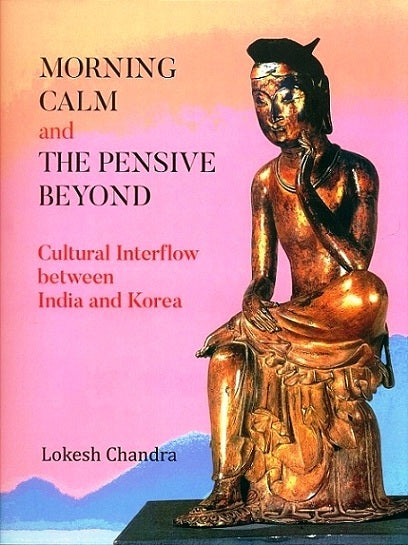Morning calm and the pensive beyond: cultural interflow between India and Korea
Morning calm and the pensive beyond: cultural interflow between India and Korea is backordered and will ship as soon as it is back in stock.
Couldn't load pickup availability
Genuine Products Guarantee
Genuine Products Guarantee
We guarantee 100% genuine products, and if proven otherwise, we will compensate you with 10 times the product's cost.
Delivery and Shipping
Delivery and Shipping
Products are generally ready for dispatch within 1 day and typically reach you in 3 to 5 days.
Book Details:
-
Publisher: ADITYA PRAKASHAN Indological Publishers & Booksellers
-
Language: English, Sanskrit
-
Edition: New Delhi, 2019
-
ISBN-13: 9788194085034
-
ISBN-10: 8194085039
-
Subject(s): Buddhism
About the Book:
This book narrates the grand strategy of Korea to assert its independent sovereign culture within a world dominated by Chinese ideograms, the Confucian palace culture, and the mandarin bureaucracy. The history of Korea, according to the chronicles, begins in 48 CE with the arrival of the Princess of Ayodhya. The text reveals how the kings of Silla, including King Chinpyong (579-632), bore Sanskrit names, and how the lives of eminent Korean monks were recorded with Sanskrit names. It further discusses how I-tsing referred to Korea as Kukkutesvara in Sanskrit.
For the first time, the book explores the symbolism of stone bricks and the architecture of pagodas, drawing connections to the Sriyantra. The 16 foundation stones of pagodas represent the 16-petalled lotus of the Sriyantra, and the 1000 lotus lanterns of the Buddhist University correspond to the sahasrara-cakra of yoga. The author also decodes the iconography of the lions at Hwaomsa Monastery, the Indic principles behind the Hangul script, and the selection of the spot where Seoul stands today.
Additionally, the work delves into the architectural features such as the two-tiered stupas of Maitreya and the Juniper Rock Monastery modeled on Nalanda, all based on ancient texts. This book is a deep exploration of Korea's cultural history through its unique iconographic metaphors, architectural forms, and philosophical systems, revealing its close ties to Indian cultural and religious traditions.





